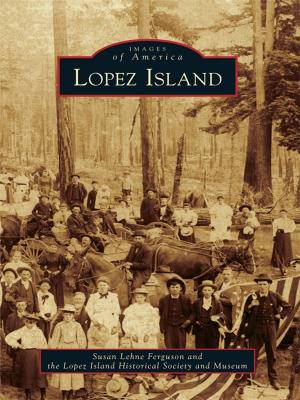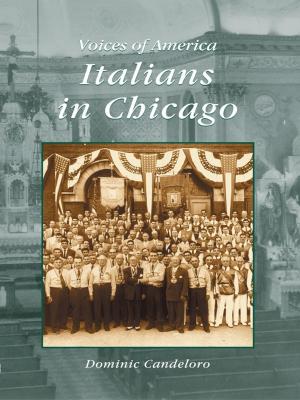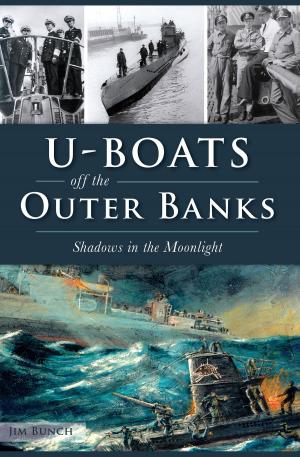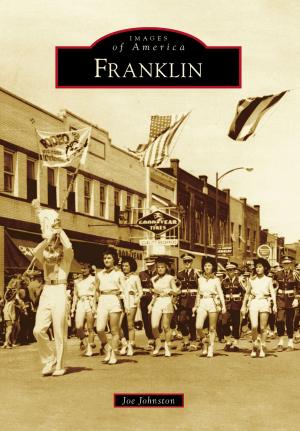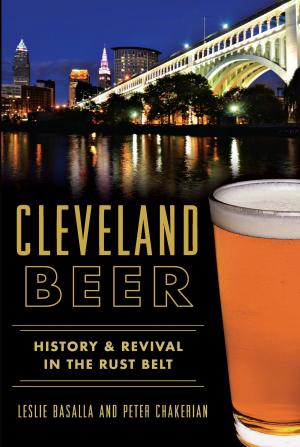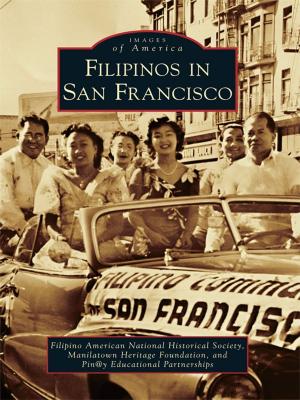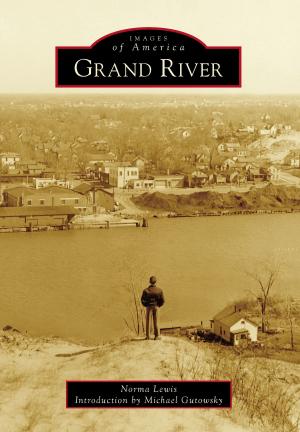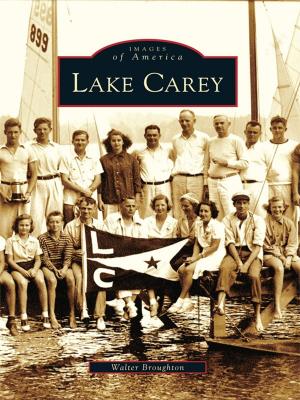The Port of Los Angeles
Nonfiction, Reference & Language, Transportation, Ships & Shipbuilding, Pictorial, Art & Architecture, Photography, Pictorials, History| Author: | Michael D. White | ISBN: | 9781439635964 |
| Publisher: | Arcadia Publishing Inc. | Publication: | February 18, 2008 |
| Imprint: | Arcadia Publishing | Language: | English |
| Author: | Michael D. White |
| ISBN: | 9781439635964 |
| Publisher: | Arcadia Publishing Inc. |
| Publication: | February 18, 2008 |
| Imprint: | Arcadia Publishing |
| Language: | English |
The epic of the Port of Los Angeles was initiated more than 150 years ago by a handful of visionaries and entrepreneurs who exploited both fortunate and outrageous circumstances to transform a tidal mudflat into the world's largest man-made harbor. Phineas Banning and archrival Augustus Timms were among the first to realize the potential of the coastal dent on the map called San Pedro Bay in the 1850s. The bay's namesake village expanded from a backwater loading point for raw cattle hides to a deepwater harbor rivaling and eventually surpassing San Francisco as the busiest port on the U.S. Pacific coast, and would later become the nation's largest container port. Political battles in far-off Washington, D.C., economic booms and depressions, world wars, and billions of tons of cargo and material later, the Port of Los Angeles remains America's premier revolving door for trade with markets around the world.
The epic of the Port of Los Angeles was initiated more than 150 years ago by a handful of visionaries and entrepreneurs who exploited both fortunate and outrageous circumstances to transform a tidal mudflat into the world's largest man-made harbor. Phineas Banning and archrival Augustus Timms were among the first to realize the potential of the coastal dent on the map called San Pedro Bay in the 1850s. The bay's namesake village expanded from a backwater loading point for raw cattle hides to a deepwater harbor rivaling and eventually surpassing San Francisco as the busiest port on the U.S. Pacific coast, and would later become the nation's largest container port. Political battles in far-off Washington, D.C., economic booms and depressions, world wars, and billions of tons of cargo and material later, the Port of Los Angeles remains America's premier revolving door for trade with markets around the world.

